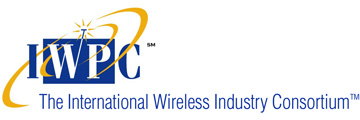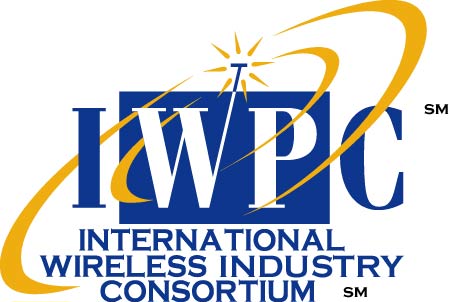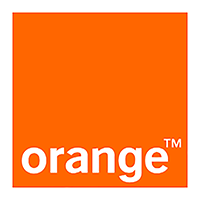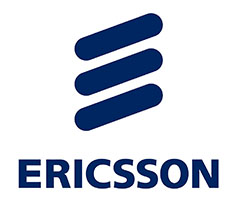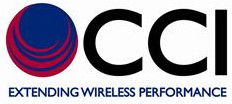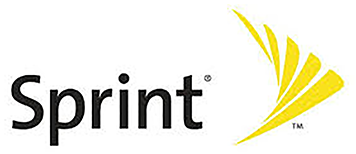4G/5G Antenna Evolution
Practicalities Assessing Massive MIMO, Beam Steering and System Advances – Considering mass versus niche deployment drivers and innovation – Exploring Practicalities of 4G/5G and Multi-Band Integration
Hosted by:

When
October 30 - November 1
Introduction
4G and 5G air interface technologies increasingly rely on multi-port antennas in RAN to deliver capacity and coverage enhancements through spatial multiplexing and beamforming. Such dynamics already resulted in the evolution of antenna architectures from passive to active, and influences user performance prediction principles and deployment considerations to include the user-specific nature of new radio transmission schemes.
Workshop Goals
This IWPC workshop aims to explore all of these questions and more as we share and discuss deployment, operation and optimisation aspects of the latest 4G & 5G antenna systems. We will consider how antenna and basestation systems will develop to further enhance RAN performance in a sustainable way and what tools are available and being developed to assess and predict such performance.
Agenda
|
DAY 1 Wednesday 6:15 PM |
Maxwell Institute Tour & Antenna Reception |
Maxwell Foundation / Whigham's Wine Cellars |
|
DAY 2 Thursday 7:00 AM |
Breakfast |
|
|
8:00 AM |
Welcome and Introductions
Host Introduction and Keynote |
BT/EE 4G/5G Radio Network
Principle Network Architect, Network Strategy
Antenna Opportunities and Challenges Research Manager
|
|
10:00 AM |
Networking Break |
|
|
10:40 AM |
Service Provider Perspectives
|
Deployment Aspects of Massive MIMO
Senior Project Manager
Massive MIMO Deployment Learnings Technical Director
|
|
12:00 Noon |
Networking Lunch |
|
|
1:00 PM |
OEM and System Perspectives
|
Mid Band Antenna Drivers and Technical Considerations Senior Expert Multi Antenna Systems
Practical Base Station Antenna Deployment for 5G Beamforming Manager Antenna Solutions
Achieving mid-band FDD Massive MIMO Capacity Gains
Chief Technology Officer
|
|
3:00 PM |
Networking Break |
|
|
3:30 PM |
Technology Enablers
|
Passive Antennas Continuing Role in Providing Capacity Fall Back to 4G or Future 5G Services
Chief Technology Officer
SuperCoverage and Capacity SAS Antennas Owner, Innovator
Antenna Orientation Product Manager
|
|
5:00 PM |
Adjourn |
|
|
7:00 PM |
Networking Dinner at Ghillie Dhu |
|
|
DAY 3 November 1 Friday 7:00 AM |
Breakfast |
|
|
8:00 AM |
Technology Enablers
|
Understanding EMF/ICNIRP Issues RAN Security
Challenges for Deployment of 5G - Massive MIMO EMF Measurement and In-Country Regulatory Limits
R&D Manager
Is 5G Safe? – Practical steps to mitigate the growing tension between the public and industry
Visiting Professor
|
|
10:00 AM |
Networking Break |
|
|
10:40 AM |
Technology Enablers, continued
|
Qualification of Active Antennas – Mission Accomplished? Senior Technology Manager
Scaling Up For Beamforming Director
|
|
12:00 Noon |
Networking Lunch |
|
|
1:00 PM |
Technology enablers, continued
|
5G Millimeter Wave Frequencies and Mobile Networks
Director, Mobile Systems and Devices Strategy & Architecture Technology Architecture & Innovation, CTO Group
Low Cost Millimeter Wave OTA
Professor
Field Performance and Future Variations of Holographic Beamforming Systems
Speaker
|
|
3:00 PM |
Networking Break |
|
|
3:30 PM |
Technology Enablers, continued
|
Exploring Electronically Beam Steerable Liquid Crystal Antennas
RF Engineer, 5G Developmentaster Master Scientist
Novel Luneburg Lenses for 5G Wireless Communication
VP, Business Development & Strategic Partnerships
|
|
4:30 PM |
Closing Discussion |
|
|
5:00 PM |
Adjourn |
FAQs
- What is the deadline for presentation/handout materials?
- Who are the attendees?
- What are the costs/registrations fees?
- Hotel information?
- What are the travel options from the airport to the hotel?
- Are there any audiovisual requirements?
- Will business cards be collected?
- What is the dress code?
- How will handout materials be provided?
- What is the deadline for
presentation/handout materials?
Deadline for electronic version of presentation/handout materials: Monday, October 21, 2019
- Who are the attendees?
- We do not permit the Press.
- We do not permit Analysts.
- We do not permit Consultants.
- We do not permit 3rd party sales reps.
- We only permit "first hand knowledge experts" in business and technology issues, prepared to contribute to the discussion.
- What are the costs/registrations fees?
ALL Hosts, Speakers, Panel Members and Attendees will be asked to cover out-of-pocket workshop costs such as conference room costs, food (Social Reception plus First Day breakfast/lunch/dinner plus Second Day breakfast/lunch plus Breaks), audio/visual costs, etc.
These costs will be $960 (USD) per person. (For IWPC Members only.)
ALL Hosts, Speakers, Panel Members and Attendees will be asked to pay this fee in advance with either Visa, MasterCard, American Express, cash, personal check or business check. Make checks payable to IWPC.
- Hotel information?
Kimpton Charlotte Square
38 Charlotte Square Street
Edinburgh,EH2 4HQ UK
Phone: +44 (0)13 1240 5500
Hotel WebsiteThe IWPC room block rate is £145.00/night. The deadline for hotel reservations is Monday, September 30, 2019. After that date, rooms cannot be guaranteed at the IWPC rate. You can make your reservations at Hotel Reservations.
- What are the travel options from the airport to the hotel?
https://www.kimptoncharlottesquare.com/us/en/edinburgh/maps-and-directions/
- Are there any audiovisual requirements?
A Computer Projector will be available for the speakers.
In addition, we audiotape all presentations and the interactive discussions. Post workshop, presentations are made available to IWPC Members on the IWPC WEB site, along with “recordings” of all presentations and panel sessions.
- Will business cards be collected?
Business cards will be collected at the door from all attendees. We will make copies of these cards, which will be available to all who provided a business card.
- What is the dress code?
Business casual suggested. No ties, please!
- How will handout materials be provided?
For ALL IWPC members:
All IWPC members are invited to submit materials to be included in the online workshop folder in the IWPC Research Library. This should NOT BE SALES MATERIALS. Rather, we suggest it contain technical information about your technology as it relates to the workshop topics.
For all companies who will be making a presentation at the Workshop:
You are invited to submit an advance copy of your presentation, complete with graphics and illustrations.
These materials will be included on the IWPC website Research Library.
Please submit these materials either by email, as a Word for Windows file, Power Point files or PDF files.
- Go to www.iwpc.org
- Click on IWPC Activities Tab
- Under Workshop: RAN Connectivity and Architectural Decomposition
- Click on Submit Presentation Proposal. Complete the form and attach your presentation.
- Once we receive your presentation we will send an email confirmation.
AS BACKUP, PLEASE BRING AN ELECTRONIC COPY USB STICK WITH YOU!
